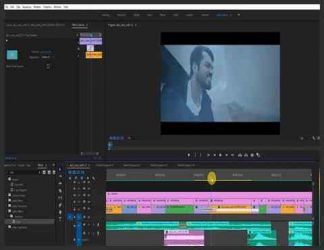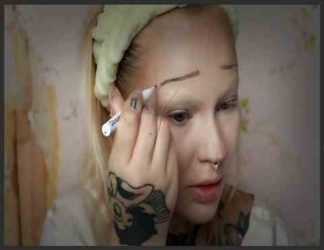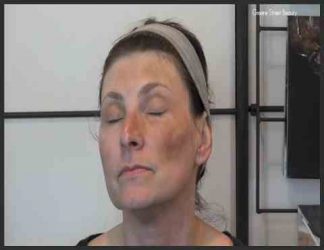You must need to login..!
توضیح
نکاتی در مورد عکاسی با نور پس زمینه
برای دانلود رایگان نکاتی در مورد عکاسی با نور پس زمینه با کیفیت full hd 1080p از پلیر سایت یا لینک زیر استفاده کنین
لینک دانلود link download
خورشید که جلوی اشیاء رو به دوربین قرار گرفته ، به عنوان نور “کلید” عمل می کند و باعث ایجاد برجسته ها و سایه ها می شود. جزئیات در سایه ها دیده می شود زیرا نور خورشید منعکس کننده بخار آب و گرد و غبار جو است و جو را “پر” می کند. در سایه باز ، اشیاء 3D نیز معمولاً سایه می اندازند ، زیرا بردار رو به پایین چراغ قوه معمولاً قوی تر از بردارهای جانبی است که طرفین را روشن می کند. هنگامی که یک عکاس خورشید را در پشت یک شی قرار می دهد ، نقش خود را در استراتژی روشنایی از مدل سازی جلوی جسم به یکی از تعریف رئوس آن و ایجاد تصور جدایی جسمی و فضای سه بعدی ، از صحنه روشنایی خارج می کند. برای متمایز کردن این نقش از مدل سازی “کلید” هنگامی که یک منبع مدل سازی در پشت جسم حرکت می کند ، معمولاً یک چراغ “حاشیه” یا “لهجه” نامیده می شود. در نورپردازی پرتره نیز از آن به عنوان یک “مو” (نور) نامیده می شود زیرا برای ایجاد ظاهر جدائی جسمی بین سر و پس زمینه سوژه استفاده می شود. در نور طبیعی ، لحن پس زمینه تحت تأثیر ویژگیهای تأثیرگذار آن است و اینکه آیا توسط خورشید به طور مستقیم یا چراغهای بصورت غیر مستقیم روشن می شود. بنابراین یا خورشید یا آسمان یا ترکیبی از هر دو می تواند نور پس زمینه باشد.
The sun hitting the front of objects facing the camera acts as “key” light creating highlights and casting shadows. Detail in shadows can be seen because the sunlight reflects off water vapor and dust the atmosphere creating omni-directional “fill”. In open shade 3D objects will also usually cast shadows because the downward vector of skylight is usually stronger than the sideways vectors illuminating the sides. When a photographer puts the sun behind an object its role in the lighting strategy changes from modeling the front of the object to one of defining its outline and creating the impression of physical separation and 3D space a frontally illuminated scene lacks. To differentiate that role from that of “key” modeling when a modeling source moves behind the object it is typically called a “rim” or “accent” light. In portrait lighting it also called a “hair” light because it is used to create the appearance of physical separation between the subject’s head and background. In natural lighting the tone of the background is influenced by its reflective qualities and whether it is illuminated by the sun directly or skylight indirectly. So either the sun or sky, or a combination of both can be the “background” lighting.















